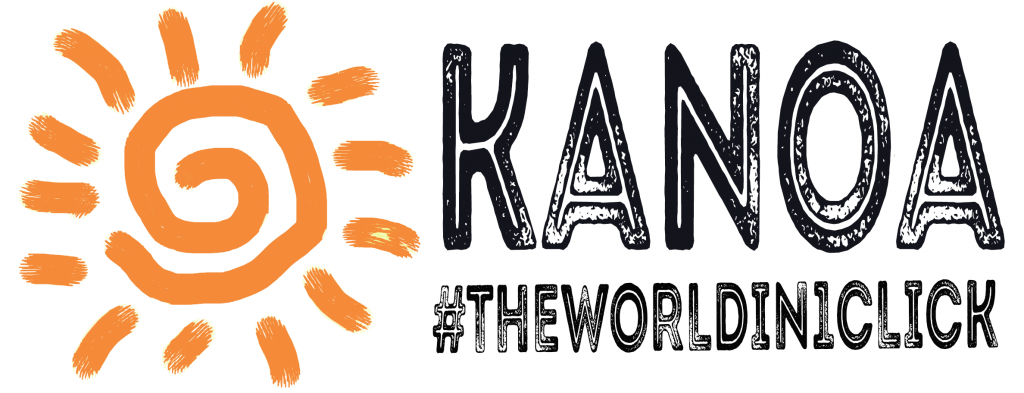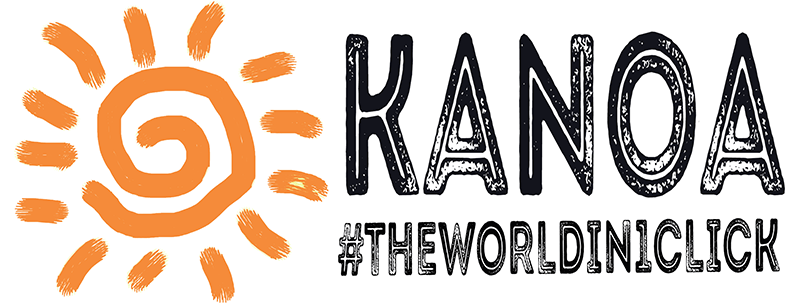A country that boasts over 800 years of history and tradition, with a strong cultural identity.
Splendid cities, extraordinary architecture and unique and romantic landscapes.
Lithuania is a land to discover and a journey to these places, it is difficult to forget.
HOW TO GET
Vilnius international airport is the reference point for air connections with the country. The capital is well connected, with direct flights, with numerous European destinations, and the main capitals.
Kaunas is a great alternative, a real base for the low-cost airline RyanAir.
Those who want to reach the north of the country can consider the possibility of landing at Riga airport and continuing by train or car.
By train, it is preferable to arrive exclusively from Minsk and Moscow, connected with the capital. In addition, two trains depart for Warsaw each week.
The bus is an economic alternative, which takes a long time to move. Eurolines, Ecolines, Lux and Polski Bus are some of the companies that offer excellent value for money bus connections. Also in this case, however, the solution is preferable starting from the Eastern countries.
The car is a fascinating and suggestive hypothesis, ideal for crossing the Via Baltica from Warsaw to Tallin.
HOW TO MOVE.
Within the individual cities, and in particular in the major tourist centers, public transport is quite reliable and efficient.
To move between the various centers and points of interest of the country, the terno is the most used solution, thanks to the low costs and to the fairly efficient service. The public company Litrail offers connections between the major centers of Lithuania. A trip from Vilnius to Kaunas, for example, costs just over € 5 per person.
Intercity and regional buses are a great way to save money. The capital offers regional connections with numerous Lithuanian centers.
By car and, as mentioned, along the Via Baltica, you drive really well. The motorways, in particular, are reliable and regular maintenance. The A1 is the main highway of the country, over 300km long. The biggest problems, however, are found in rural areas: the roads are often dangerous, and the Lithuanian driving style is not exactly the best.
DOCUMENTS AND CUSTOMS
Lithuania joined the Schenghen Agreements; therefore, for citizens of European countries adhering to this Agreement, there is no obligation to produce documents at the border; you are always required to bring an Identity Card or passport with you. It is recommended, above all, to bring the C.I. of their minor children, even if you travel by car or train. Consult our special section in this regard.
Dogs and cats enter freely, provided they have a health record and a recent certificate from the ASL residence veterinarian, attesting to good health. Dogs must have been vaccinated against rabies for at least 21 days.
Please note that the appropriate microchip must be applied to the animals. On public transport, animals must travel with a muzzle.
To fly with animals, please consult the section on individual airlines.
CURRENCY AND EXCHANGE
The official Lithuanian currency is the Euro. From 1 January 2015 it replaced the old Lithuanian Litas (LTL).
In circulation you will find coins of 1, 2, 5, 10, 20, 50 cents, and 1 and 2 euros. The banknotes, on the other hand, are available in 7 different denominations: 5, 10, 20, 50, 100, 200 and 500.
Now, almost everywhere, you can pay by credit card directly and withdraw cash at ATMs. Keep in mind, however, that in some small towns, and less touristy places, you may find it difficult to make payments by credit card. A cash reserve is always recommended.
Those who need to enter the bank, keep in mind that, generally, it is open from Monday, Friday, from 09:00 to 17:00. Saturday, 09:00 to 13:00 Keep in mind that the banks’ national schedules are very flexible. In any case, they are almost always closed on Saturday afternoons, Sundays and public holidays.
PRACTICAL INFO
HOUR
In Lithuania, the clock hands are placed two hours ahead of the Greenwich meridian.
Time Time: UTC / GMT +2.
Time difference GMT: UTC / GMT +3.
Daylight saving time begins on the last Sunday of March and ends on the last Sunday of October.
ELECTRIC CURRENT
Across the country, the voltage is 220 volts, with 50Hz frequency. The electrical sockets are type F (Schuko) and type C; the latter is also known as Eurospina. This is the standard 2-pin European socket. As always, we recommend using a special adapter during your travels. We recommend taking a look at this link for the more provident ones.
POSTAL OFFICE
Lietuvos Paštas is the company that manages the national postal service. He mainly deals with logistics and shipping services.
Outside, the doors are identified by a yellow background, with logo and black characters.
Post offices, with some exceptions, are open Monday to Friday, from 09:00 to 19:00; Saturdays, from 09:00 to 14:00. Always closed on Saturday afternoons, Sundays and public holidays. Times may vary depending on the area and offices.
SHOPS
The shops are open Monday to Friday, from 10:00 to 19:00, with a break between 14 and 15. On Saturdays, from 10:00 am to 16:00.
Variations, more or less significant, can be found in small towns and villages and in large cities. In the latter, in fact, the numerous shopping centers have flexible hours.
Almost everywhere, the shops are closed on Sundays and public holidays.
PHARMACIES AND HOSPITALS
Pharmacies are identified, from the outside, by the VAISTINÉ sign, and, almost always, by the symbol of the cross. Many medicines are issued without prescription.
Generally, they observe the same shop hours, and are closed on Sundays and holidays.
In Vilnius, many pharmacies, especially far from the historic center, close at 20:30.
Medicines, even without a prescription, are sold exclusively in pharmacies.
Hospitals and emergency rooms have average quality standards. Don’t forget to take your health card with you, which is necessary for treatment in public facilities. Before leaving, it is advisable to take out medical insurance, which includes total health coverage. We invite you to read the information folder to learn about costs and coverage.
PHONE
In the country, the frequencies GSM 800/1800 Mhz and W-CDMA 2100 are used, the same as in the main European countries. So you can easily use your smartphone.
To call phones in Lithuania, you must enter the international dialing code 00370, followed by the telephone number.
The main Estonian telephone operators are Telia, BITÉ Lietuva and Tele2.
By reducing roaming costs, you can easily call from Lithuania using your national rate. Alternatively, you can use the classic VoIP calls, or make video calls, using a free WI-FI line.



